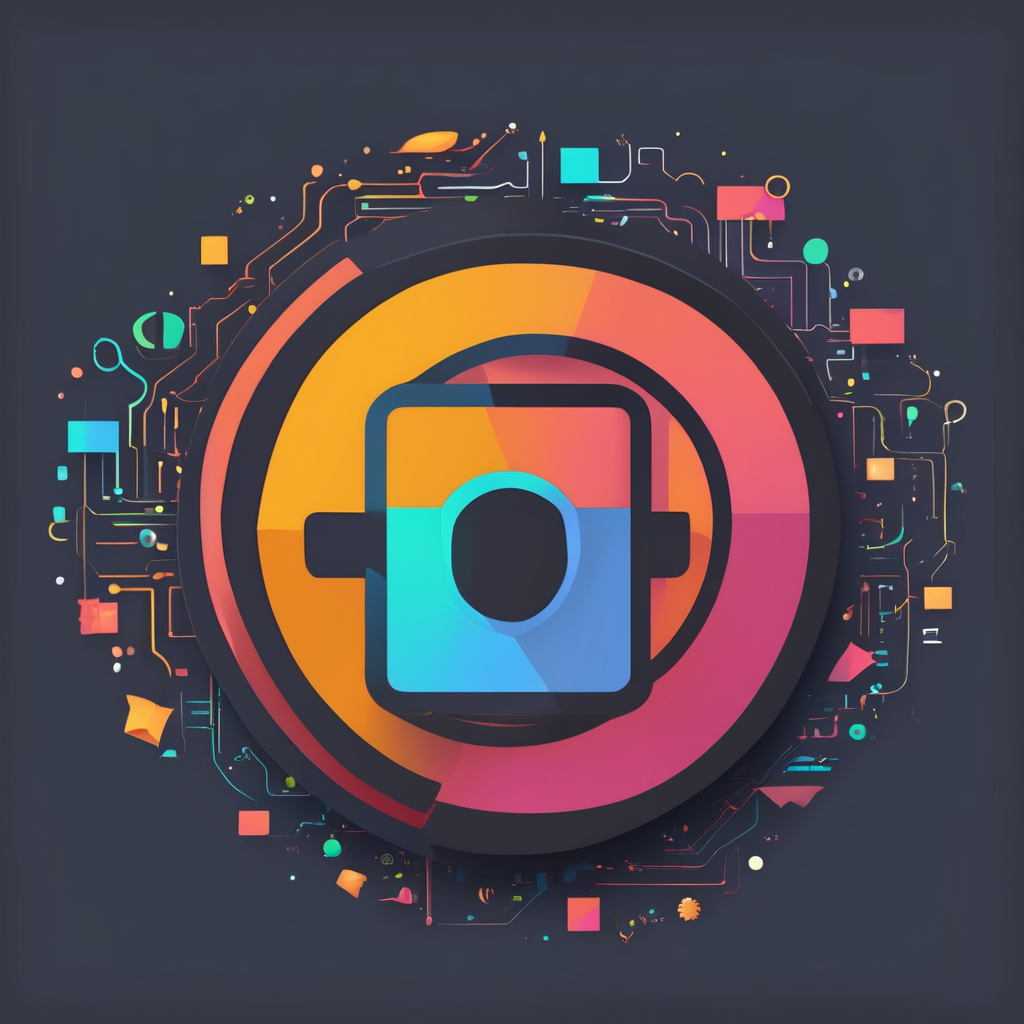In an era where AI-generated content is on the rise, ensuring authenticity is more important than ever. Discover the capabilities of AI detectors, essential tools for educators, content creators, and businesses alike. This guide delves into how these detectors function, their accuracy, and the best options available today. Equip yourself with the knowledge to maintain originality and uphold standards in your work. Let’s explore how you can safeguard content integrity effectively.
Understanding AI Detectors
AI detector is sophisticated tools that scrutinize text to differentiate between human-written and AI-generated content. They employ complex algorithms to analyze writing patterns, styles, and contextual cues. By comparing these elements against known AI models, an AI detector can pinpoint AI-generated passages, helping maintain the originality and integrity of written work.
Also to discover : Mastering Machine Learning: Key Strategies for Building a Robust and Secure Workflow
Mechanisms of AI Detection Technology
The detection process hinges on a series of analytical steps: text breakdown, passage labeling, and result presentation. AI detectors first deconstruct a text to identify sections with uniform writing styles. Then, each passage is evaluated to determine whether it originated from human authors or artificial intelligence. This is achieved through large language models trained on extensive datasets, ensuring accurate detection across various languages.
Key Features Enhancing Effectiveness
Several features bolster the effectiveness of AI detectors, such as multilingual support and high accuracy rates. They provide detailed reports highlighting AI-generated segments, helping users revise and enhance their texts. These tools are indispensable for educators, professionals, and students, ensuring content authenticity while offering valuable insights into AI involvement in writing.
In parallel : Transforming Online Retail: Effortless AI Chatbot Integration for Exceptional Customer Service
AI detectors are instrumental in upholding academic and professional standards, emphasizing the importance of original content creation within diverse industries.
Comparing AI Detection Tools
Overview of Leading AI Detection Tools
AI detection tools are pivotal in distinguishing human-authored content from AI-generated text. Compilatio’s AI Checker is a notable tool, featuring a high accuracy rate of 98.5%, thanks to its sophisticated detection process. This tool is designed to support academic needs and is beneficial across various languages and disciplines. Scribbr and ZeroGPT also offer comprehensive features for ensuring academic integrity. Scribbr provides AI detection alongside plagiarism checking and human proofreading services, with an accuracy rate of 84% for premium and 68% for free users.
Features Comparison of Free vs Paid Software
Free AI detectors often offer basic functionalities, such as text analysis and content summation, but may lack the precision and features of paid versions. Scribbr, for instance, provides unlimited AI checks with paid subscriptions. ZeroGPT emphasizes accessibility and ease of use while offering batch file uploads to analyze multiple texts simultaneously. Paid tools often include additional services, like advanced grammar checks and multilingual support, enhancing content accuracy and usability.
Educational Tool Selection: What to Consider
Educators must evaluate their priorities—whether seeking comprehensive detection tools like Turnitin or leveraging intuitive tools like ZeroGPT and Scribbr. Consider tools that offer educational resources promoting academic integrity, accurate detection, and detailed reporting functionalities to meet the varying demands of different educational settings.
Best Practices for Using AI Detectors
Tips and Tricks for Accurate AI Detection
Maximizing the effectiveness of AI detectors involves understanding the nuances of the tools you’re using. Start by ensuring the content is correctly formatted and error-free, as inconsistencies can hinder detection accuracy. Familiarize yourself with the specific AI detection algorithms employed by the software, as knowledge of their working can guide you in optimizing the content’s layout and language for better results. Regular software updates are crucial: a detector only remains effective if it aligns with the latest AI model developments.
Acknowledging the Limitations: What to Note
Recognizing the limitations of AI content detection is essential for realistic results. AI detectors like the ones from Scribbr and Compilatio can identify generative styles but may struggle with subtle human-like nuances embedded in complex compositions. True originality entails understanding that most tools, despite their advanced algorithms, are not infallible and should be supplemented with human judgment. Keep in mind that higher false positive rates can occur with intricate texts or hybrid AI-generated content.
Leveraging User Feedback for Better Results
Incorporating user feedback can significantly enhance AI detector applications. Seek community reviews and experiences to gauge the effectiveness of different detectors, such as those discussed in various forums and user groups. Tools improve through iterative feedback, capitalizing on real-world scenarios where human inputs refine AI detection strategies. User insights often lead to updates that minimize errors and adapt the detection capacities to diverse linguistic and stylistic needs.
The Future of AI Detection Technology
Innovations Shaping AI Detection Capabilities
Recent advancements in AI detection technology showcase a remarkable leap forward in the ability to identify AI-generated content. Technologies like the Compilatio AI Checker leverage large language models (LLMs) to detect stylistic patterns indicative of AI creation. These tools are evolving to recognize context, tone, and even cultural nuances, significantly enhancing their precision. With an impressive reliability rate of 98.5%, the Compilatio AI Checker exemplifies how far AI detection has come in minimizing false positives.
Ethical Considerations in AI Usage
As AI detection tools advance, ethical considerations become increasingly significant. Ensuring content authenticity is not just about maintaining academic integrity; it also involves respecting the authorship of human creators. Detecting AI-generated content helps enforce ethical guidelines across academic and professional domains, underlining the importance of these technologies.
Preparing for the Evolution of AI and Detection Technologies
Moving forward, understanding the detection algorithms behind AI tools will be paramount. Enhancements in AI methods demand continuous advancements in AI detection to keep pace. Educators, businesses, and individuals must familiarize themselves with these innovations, preparing to adapt to and integrate evolving technologies. This proactive approach will play a crucial role in leveraging AI detection tools effectively, ensuring they serve as valuable assets in maintaining originality and ethical standards.











